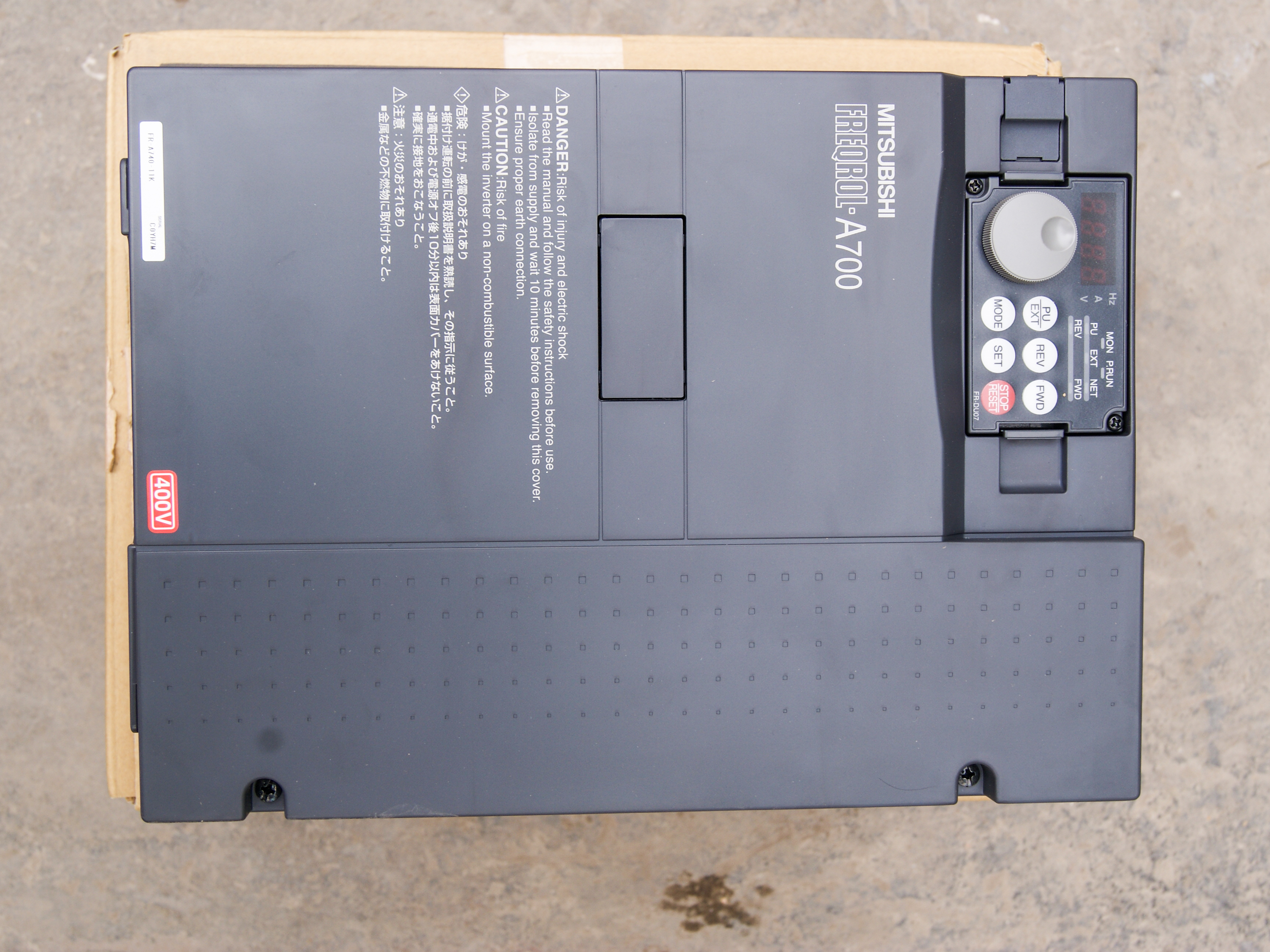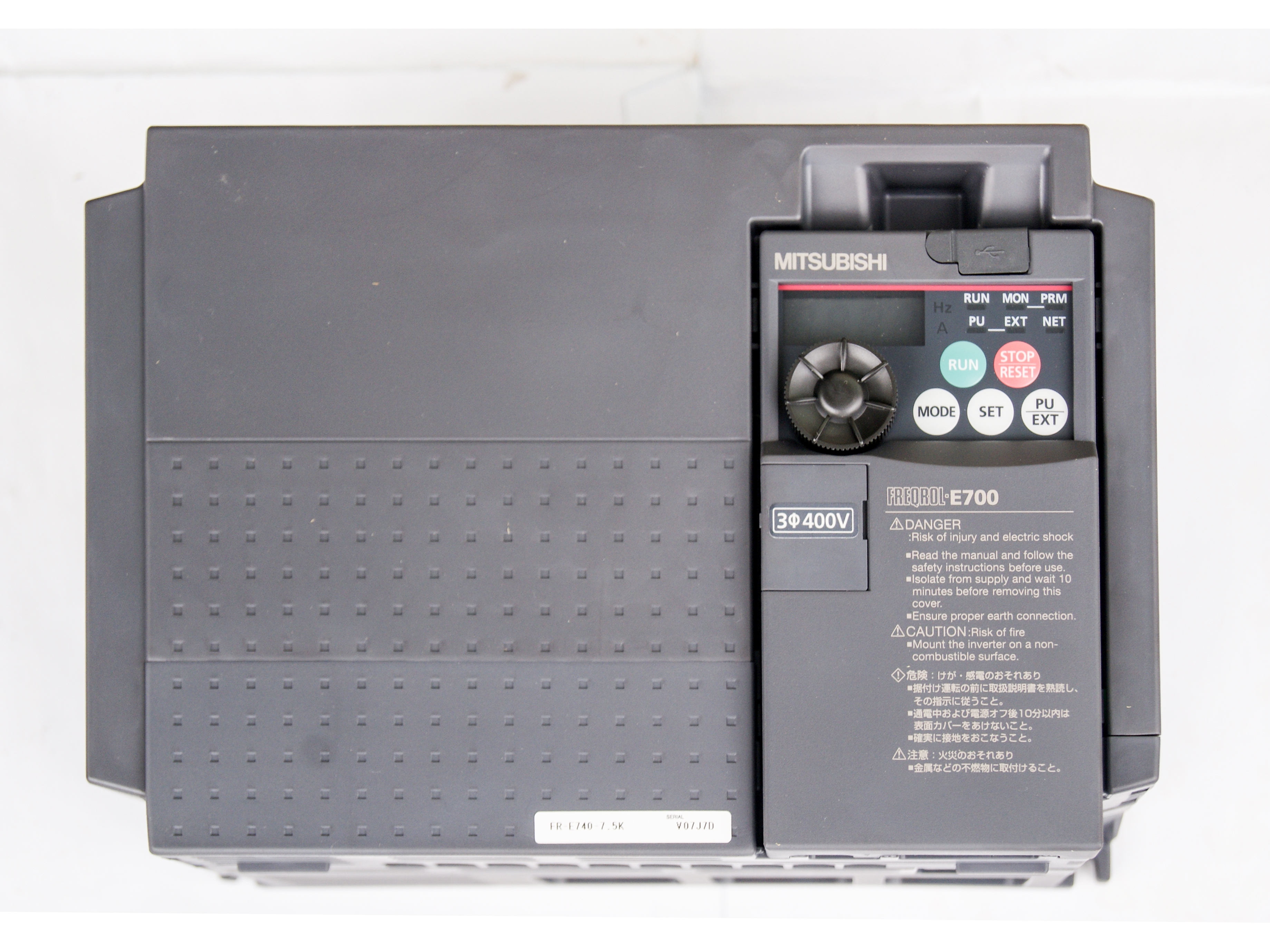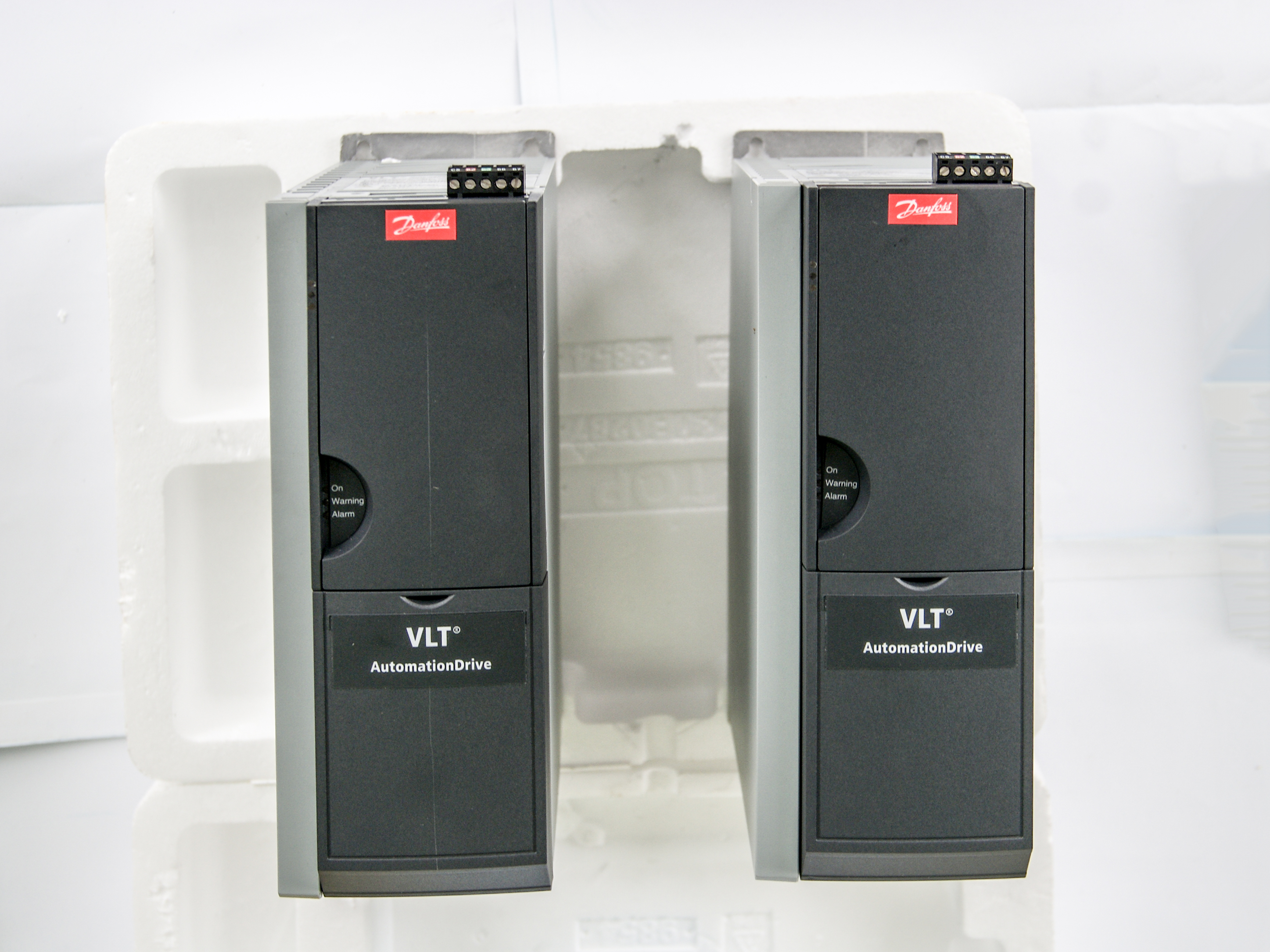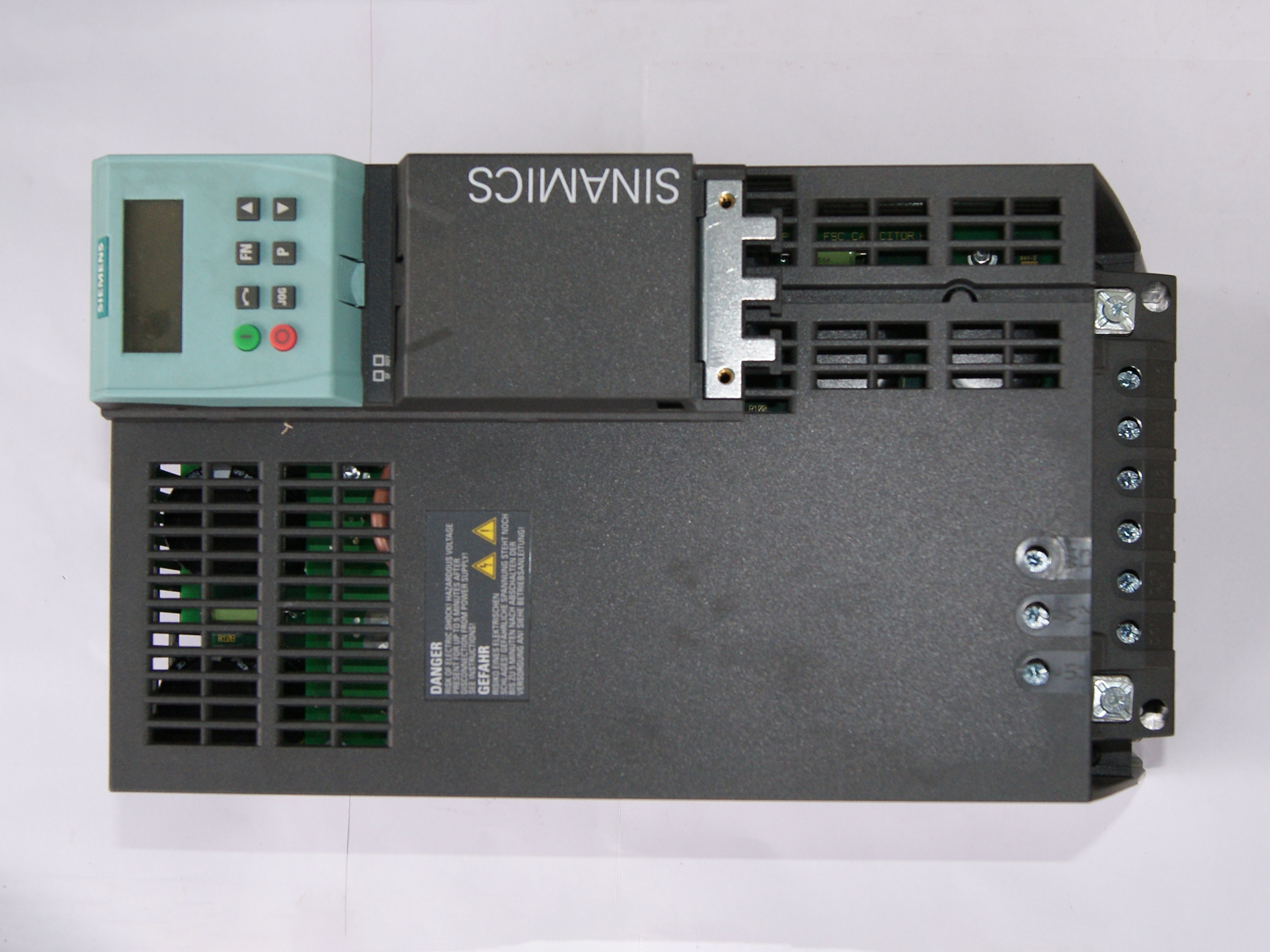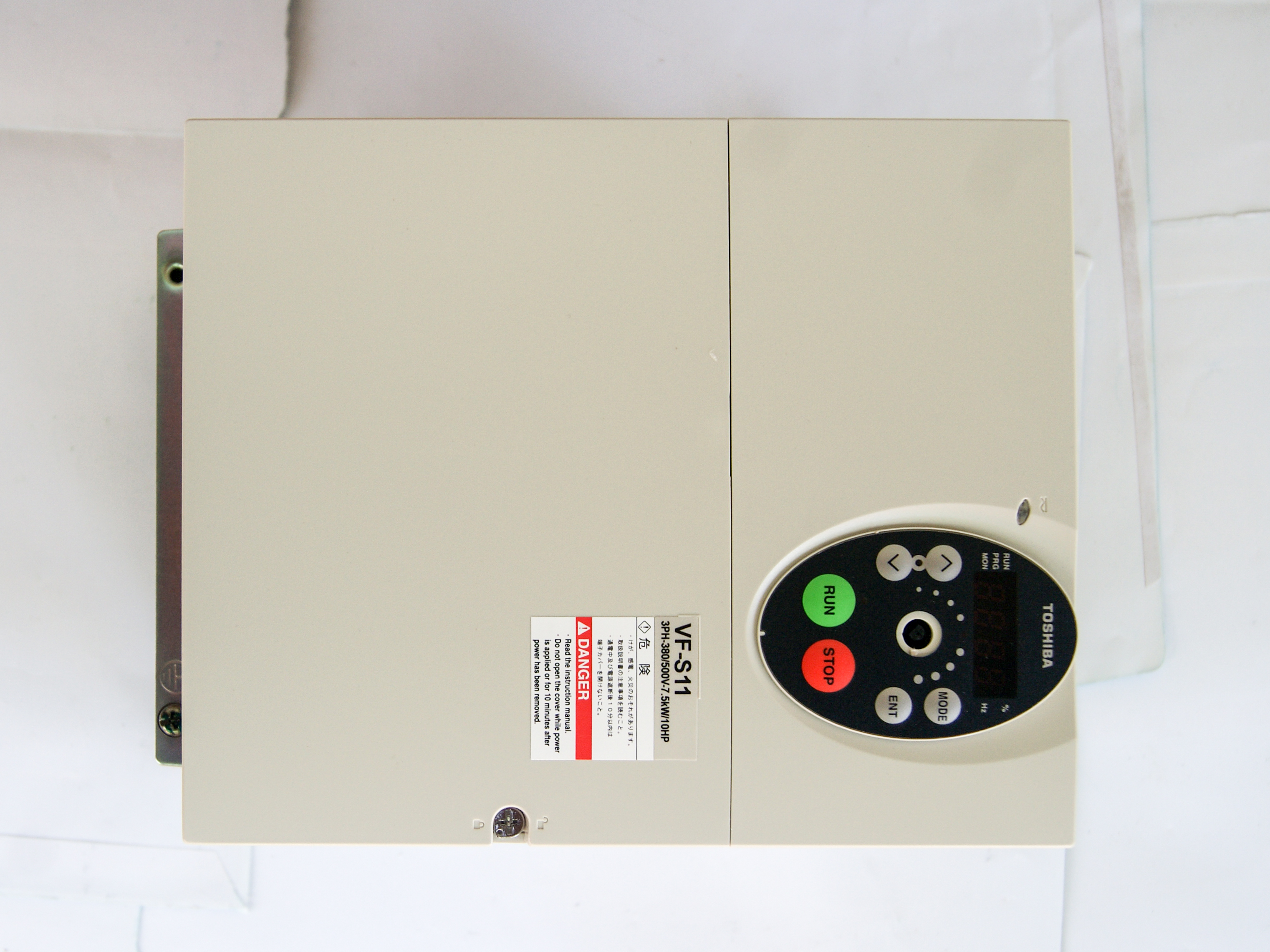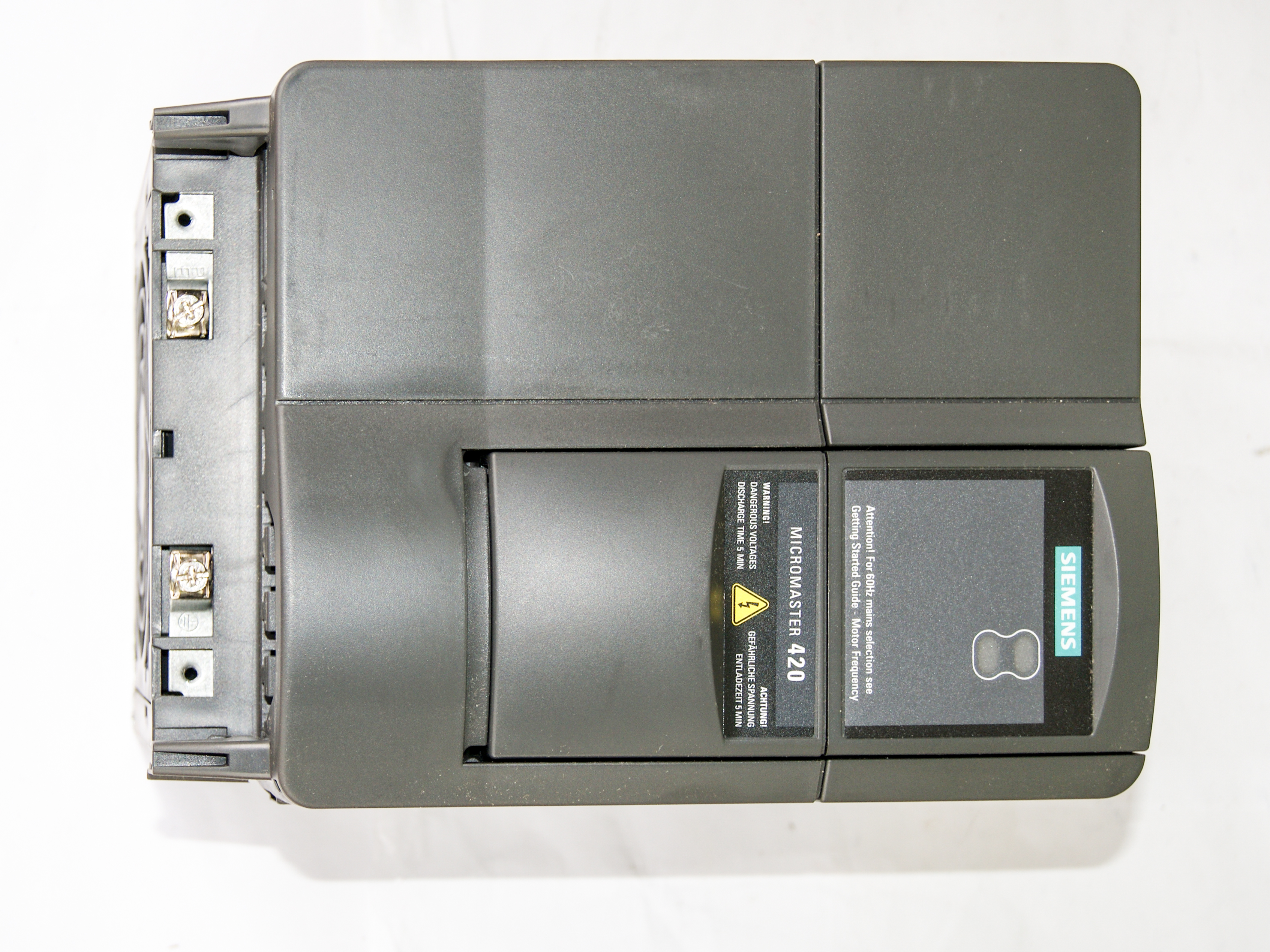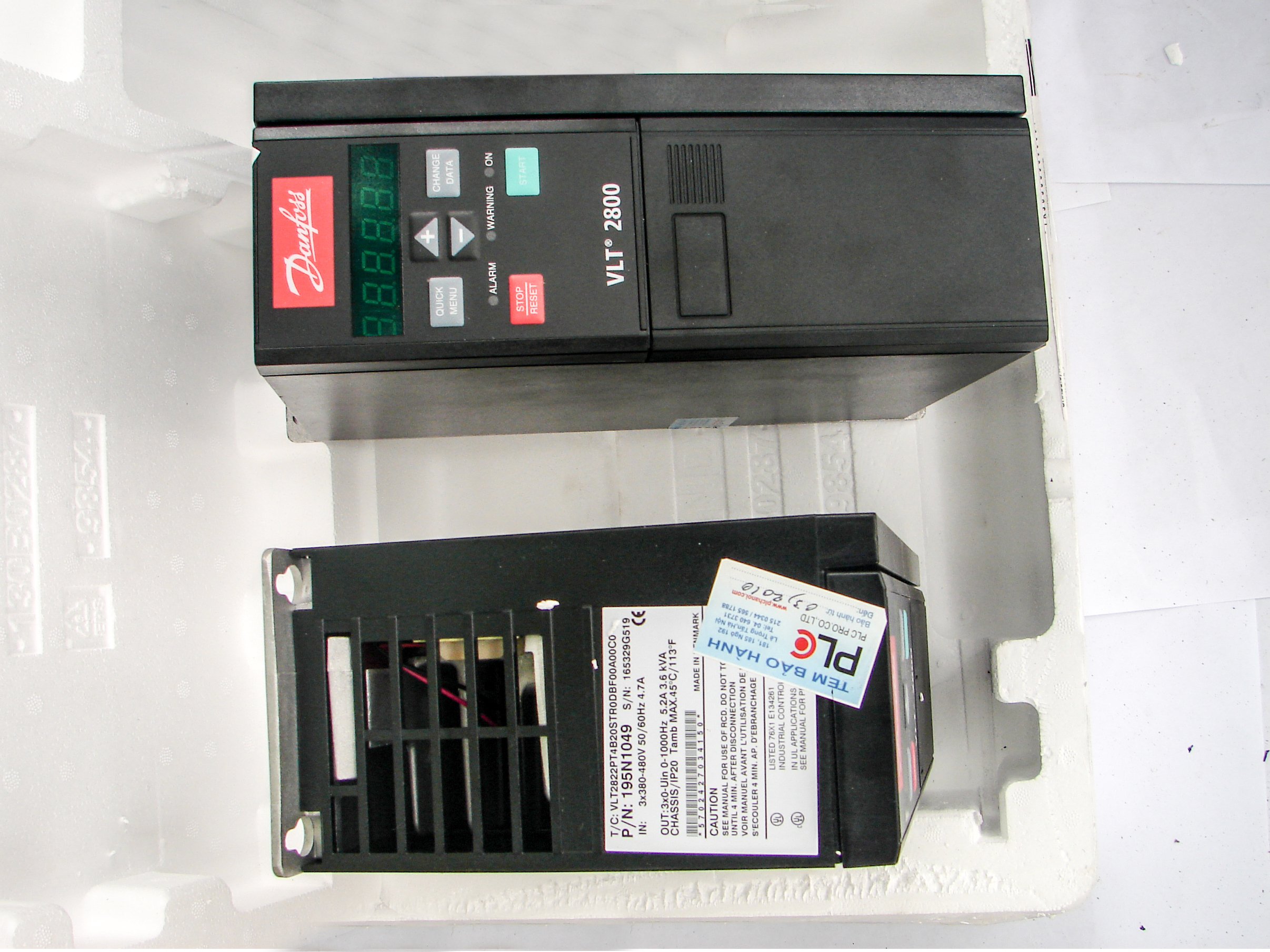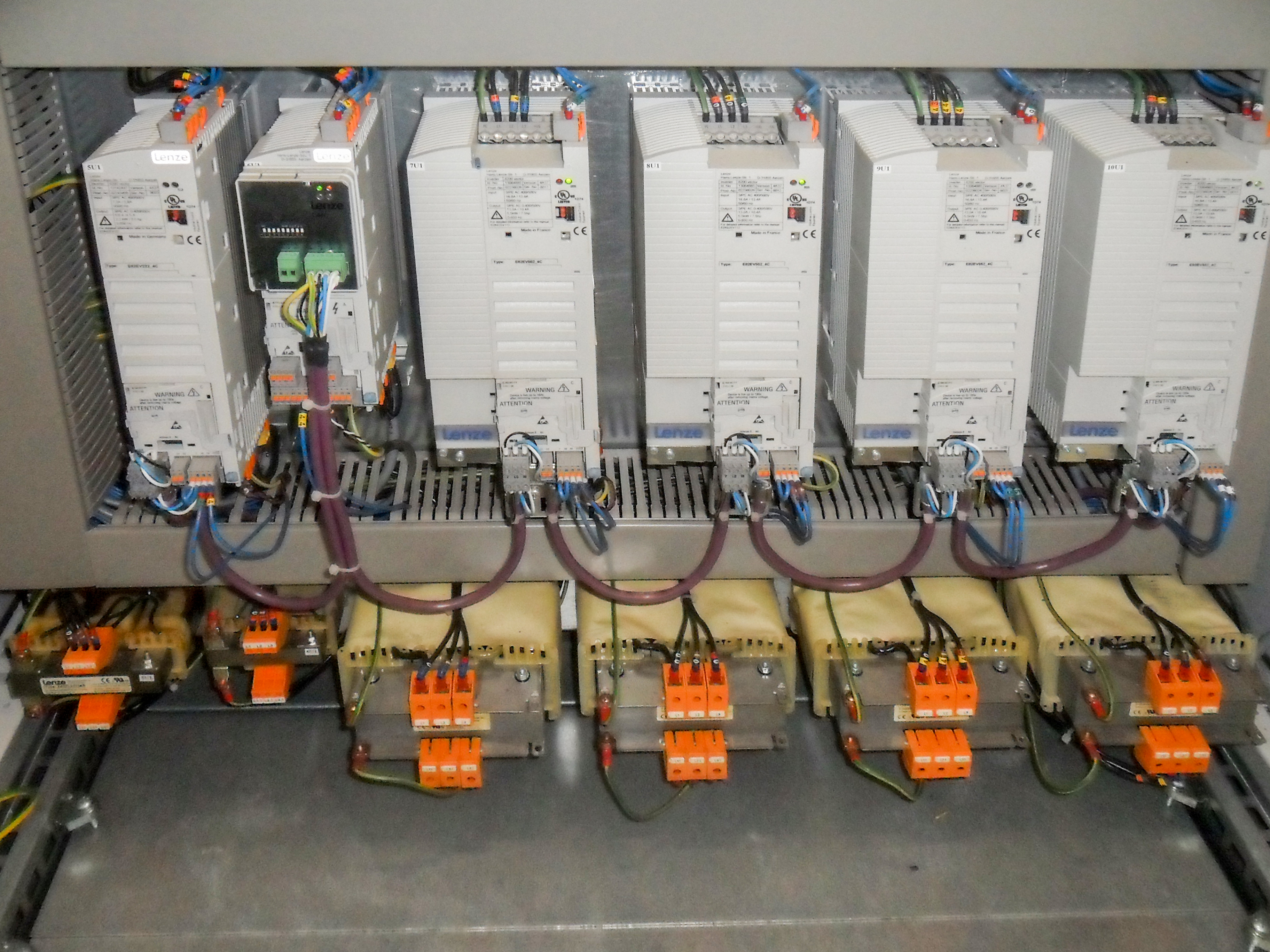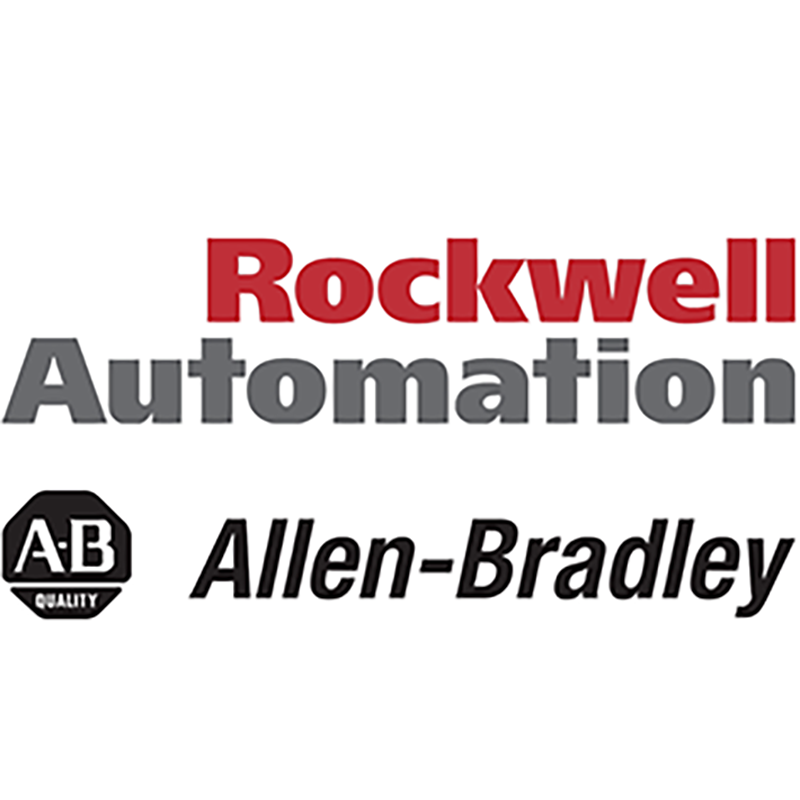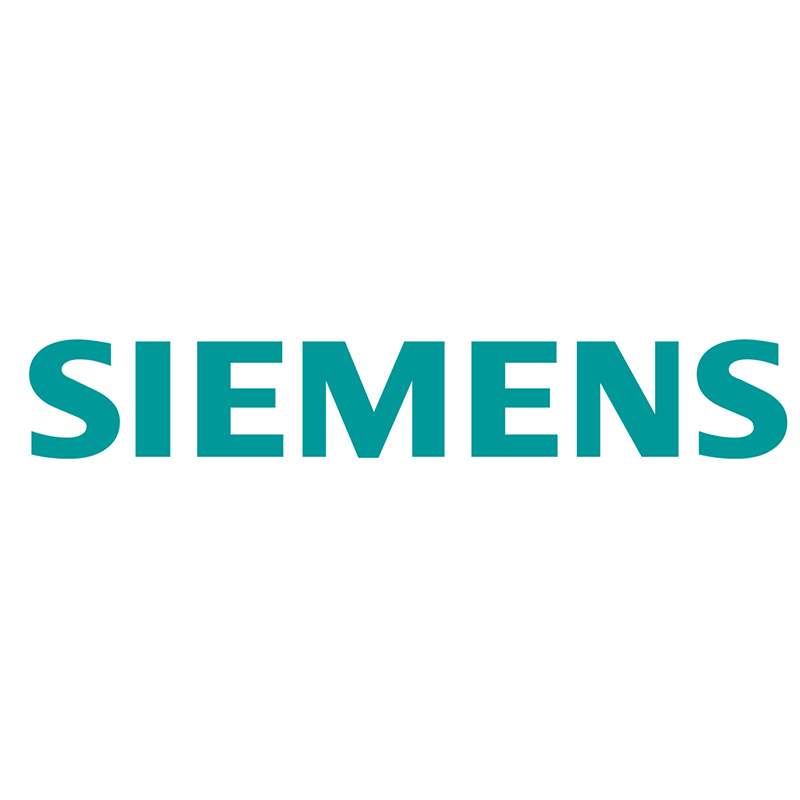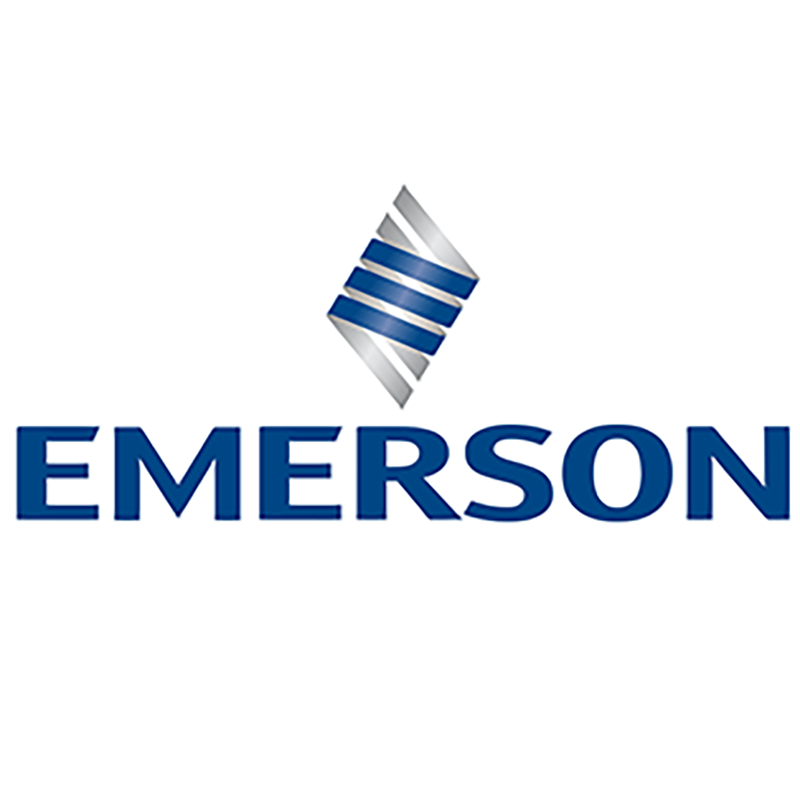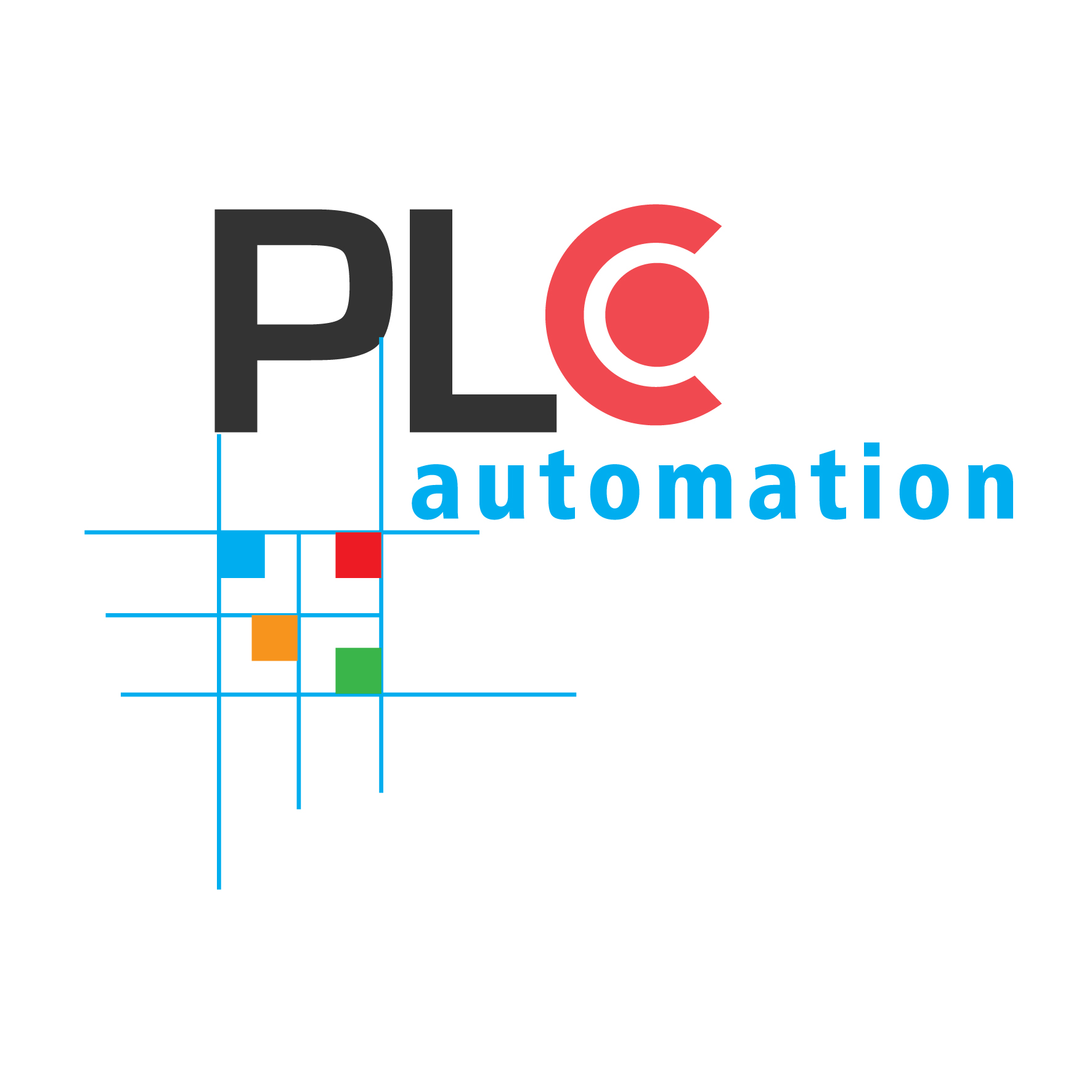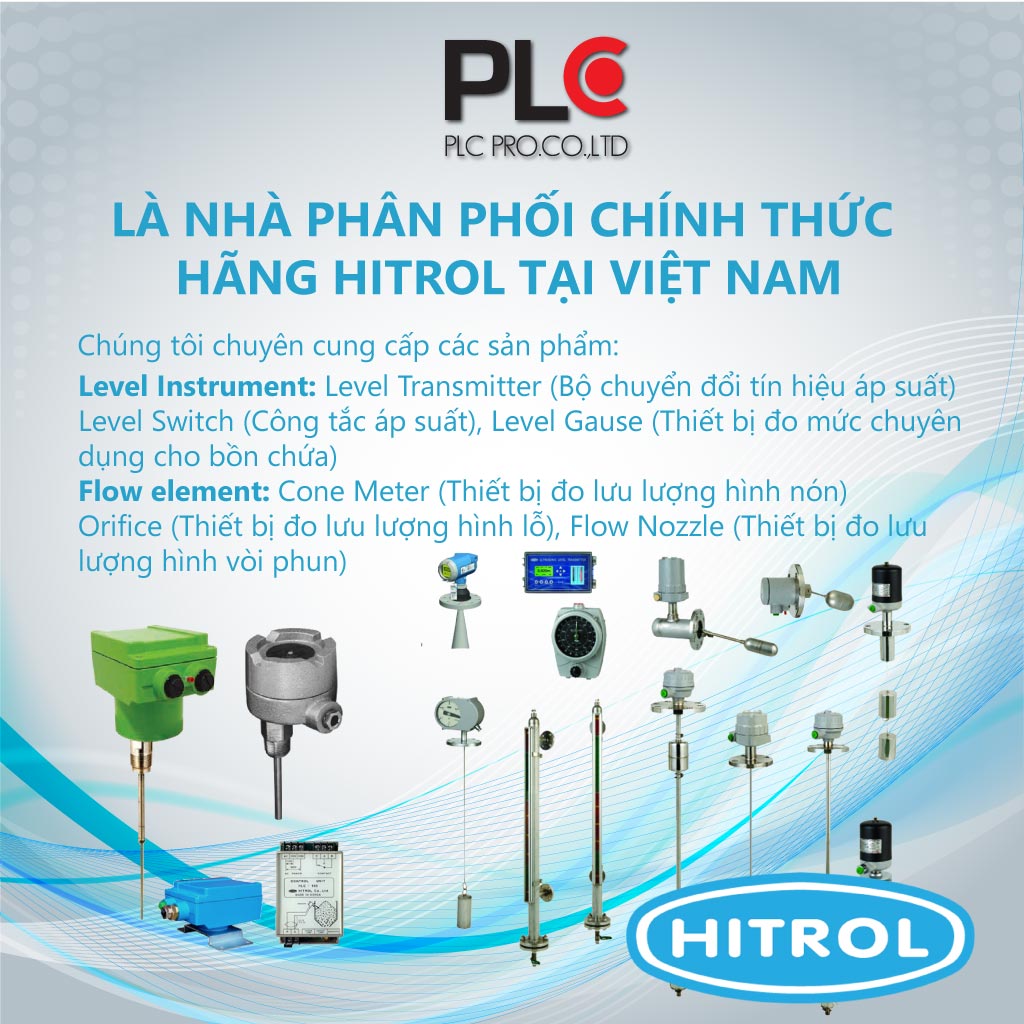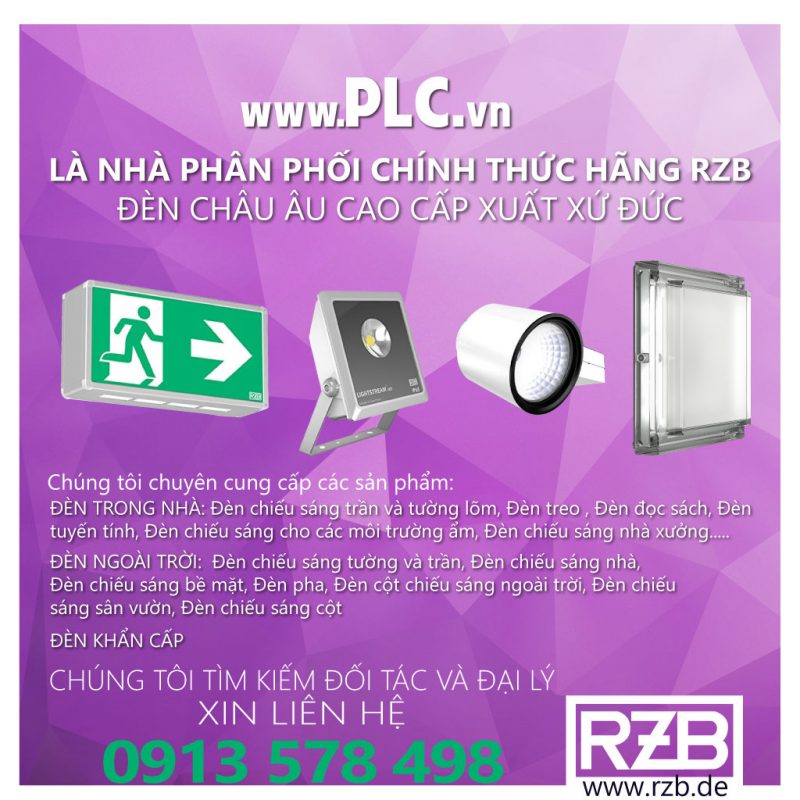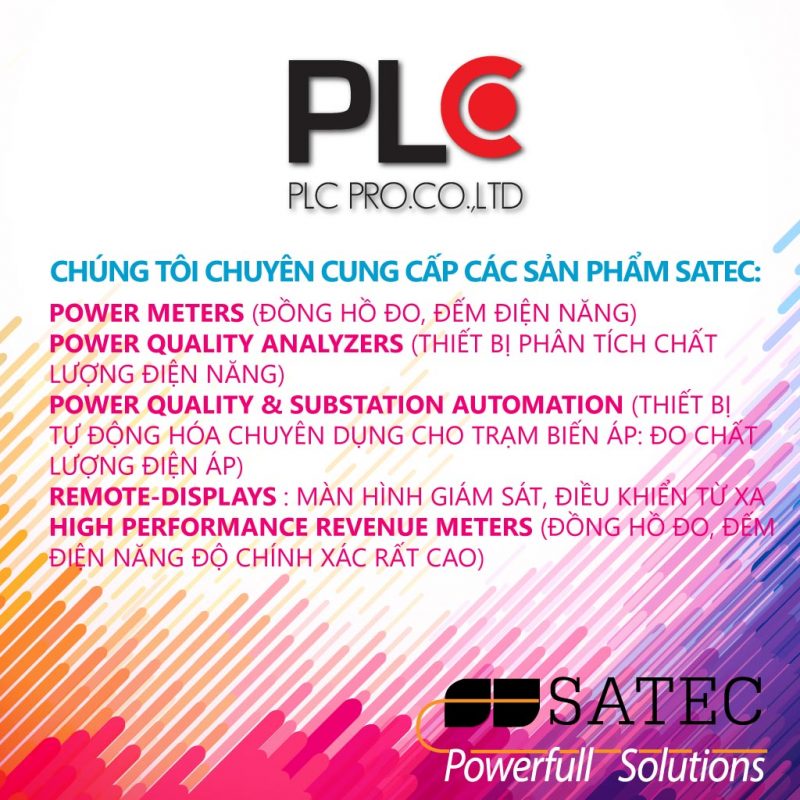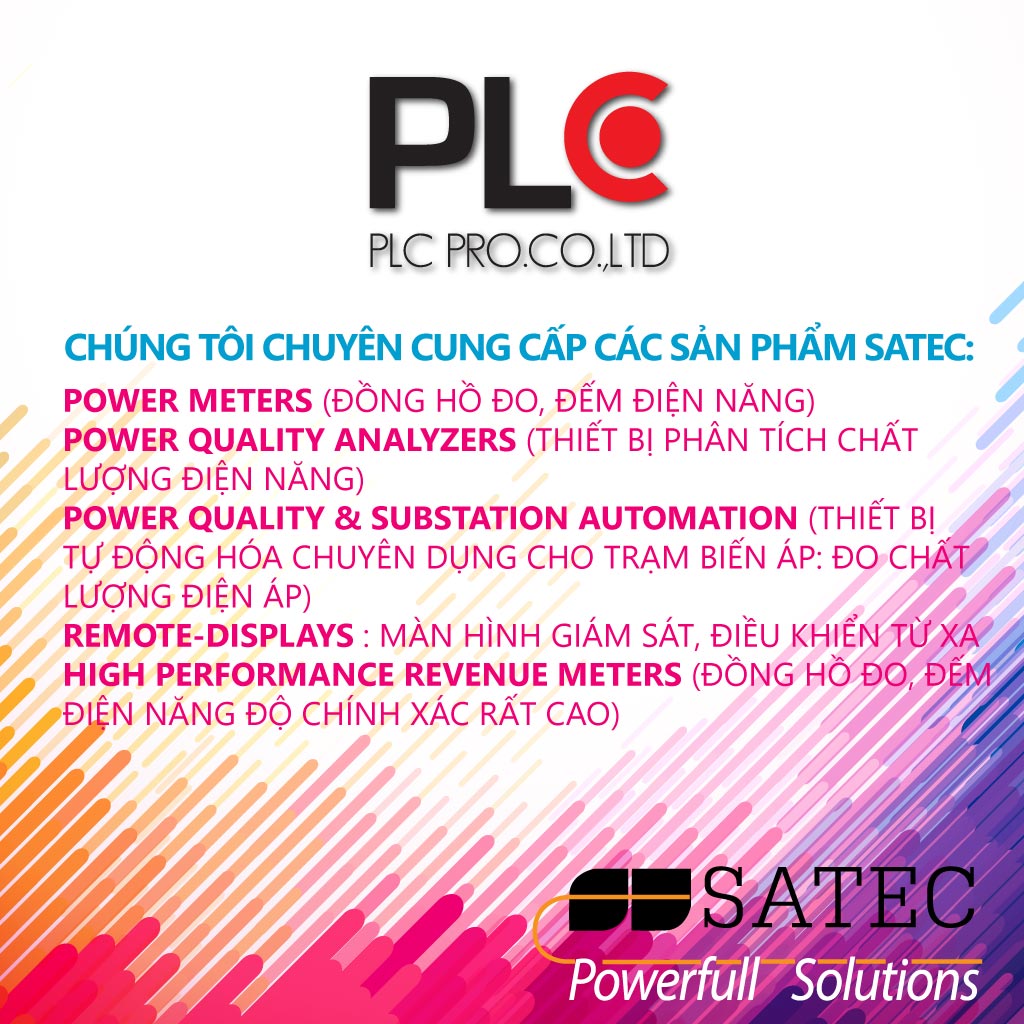Tranmitter
Công ty TNHH Sản xuất và thương mại PLC bán các loại Tranmitter của các hãng: SIEMENS, PR, M – SYSTEM, JUMO …
Công ty TNHH Sản xuất và thương mại PLC bán các loại Tranmitter của các hãng: SIEMENS, PR, M – SYSTEM, JUMO …
In electronics and telecommunications a transmitter or radio transmitter is an electronic device which produces radio waves with an antenna. The transmitter itself generates a radio frequency alternating current, which is applied to the antenna. When excited by this alternating current, the antenna radiates radio waves.
Transmitters are necessary component parts of all electronic devices that communicate by radio, such as radio and television broadcasting stations, cell phones, walkie-talkies, wireless computer networks, Bluetooth enabled devices, garage door openers, two-way radios in aircraft, ships, spacecraft, radar sets and navigational beacons. The term transmitter is usually limited to equipment that generates radio waves for communication purposes; or radiolocation, such as radar and navigational transmitters. Generators of radio waves for heating or industrial purposes, such as microwave ovens or diathermy equipment, are not usually called transmitters, even though they often have similar circuits.
The term is popularly used more specifically to refer to a broadcast transmitter, a transmitter used in broadcasting, as in FM radio transmitter or television transmitter. This usage typically includes both the transmitter proper, the antenna, and often the building it is housed in.
An unrelated use of the term is in industrial process control, where a “transmitter” is a telemetry device which converts measurements from a sensor into a signal, and sends it, usually via wires, to be received by some display or control device located a distance away.
A transmitter can be a separate piece of electronic equipment, or an electrical circuit within another electronic device. A transmitter and a receiver combined in one unit is called a transceiver. The term transmitter is often abbreviated “XMTR” or “TX” in technical documents. The purpose of most transmitters is radio communication of information over a distance. The information is provided to the transmitter in the form of an electronic signal, such as an audio (sound) signal from a microphone, a video (TV) signal from a video camera, or in wireless networking devices, a digital signal from a computer. The transmitter combines the information signal to be carried with the radio frequency signal which generates the radio waves, which is called the carrier signal. This process is called modulation. The information can be added to the carrier in several different ways, in different types of transmitters. In an amplitude modulation (AM) transmitter, the information is added to the radio signal by varying its amplitude. In a frequency modulation (FM) transmitter, it is added by varying the radio signal’s frequency slightly. Many other types of modulation are also used.
The radio signal from the transmitter is applied to the antenna, which radiates the energy as radio waves. The antenna may be enclosed inside the case or attached to the outside of the transmitter, as in portable devices such as cell phones, walkie-talkies, and garage door openers. In more powerful transmitters, the antenna may be located on top of a building or on a separate tower, and connected to the transmitter by a feed line, that is a transmission line.
The first primitive radio transmitters (called Hertzian oscillators) were built by German physicist Heinrich Hertz in 1887 during his pioneering investigations of radio waves. These generated radio waves by a high voltage spark between two conductors. Beginning in 1895, Guglielmo Marconi developed the first practical radio communication systems using spark transmitters. They couldn’t transmit audio (sound) and instead transmitted information by telegraphy, the operator tapping on a telegraph key which turned the transmitter on and off to produce pulses of radio waves spelling out text messages in Morse code. These spark-gap transmitters were used during the first three decades of radio (1887-1917), called the wireless telegraphy or “spark” era. Because they generated damped waves, spark transmitters were electrically “noisy”. Their energy was spread over a broad band of frequencies, creating radio noise which interfered with other transmitters. Two short-lived competing transmitter technologies came into use after the turn of the century, which were the first continuous wave transmitters: the Alexanderson alternator and Poulsen arc transmitters, which were used into the 1920s.
All these early technologies were replaced by vacuum tube transmitters in the 1920s, which used the feedback oscillator invented by Edwin Armstrong and Alexander Meissner around 1912, based on the Audion (triode) vacuum tube invented by Lee De Forest in 1906. Vacuum tube transmitters took over because they were inexpensive and produced continuous waves, which could be modulated to transmit audio (sound) using amplitude modulation (AM). This made AM radio broadcasting possible, which began in about 1920. Practical frequency modulation (FM) transmission was invented by Edwin Armstrong in 1933, who showed that it was less vulnerable to noise and static than AM, and the first FM radio station was licensed in 1937. Experimental television transmission had been conducted by radio stations since the late 1920s, but practical television broadcasting didn’t begin until the 1930s. The development of radar during World War II was a great stimulus to the evolution of high frequency transmitters in the UHF and microwave ranges, using new devices such as the magnetron, klystron, and traveling wave tube.
The invention of the transistor allowed the development in the 1960s of small portable transmitters such as wireless microphones and walkie-talkies, although the first walkie-talkie was actually produced for the military during World War II using vacuum tubes. The development of the integrated circuit (IC) in the 1970s made possible the current proliferation of wireless devices, in which integrated digital transmitters operate automatically, in the background, to exchange data with wireless networks. In recent years, the need to conserve crowded radio spectrum bandwidth has driven the development of new types of transmitters such as spread spectrum.
A radio transmitter is an electronic circuit which transforms electric power from a battery or electrical mains into a radio frequency alternating current, which reverses direction millions to billions of times per second. The energy in such a rapidly reversing current can radiate off a conductor (the antenna) as electromagnetic waves (radio waves). The transmitter also impresses information such as an audio or video signal onto the radio frequency current to be carried by the radio waves. When they strike the antenna of a radio receiver, the waves excite similar (but less powerful) radio frequency currents in it. The radio receiver extracts the information from the received waves. A practical radio transmitter usually consists of these parts:
A power supply circuit to transform the input electrical power to the higher voltages needed to produce the required power output.
An electronic oscillator circuit to generate the radio frequency signal. This usually generates a sine wave of constant amplitude often called the carrier wave, because it serves to “carry” the information through space. In most modern transmitters, this is a crystal oscillator in which the frequency is precisely controlled by the vibrations of a quartz crystal.
A modulator circuit to add the information to be transmitted to the carrier wave produced by the oscillator. This is done by varying some aspect of the carrier wave. The information is provided to the transmitter either in the form of an audio signal, which represents sound, a video signal, or for data in the form of a binary digital signal.
In an AM (amplitude modulation) transmitter the amplitude (strength) of the carrier wave is varied in proportion to the modulation signal.
In an FM (frequency modulation) transmitter the frequency of the carrier is varied by the modulation signal.
In an FSK (frequency-shift keying) transmitter, which transmits digital data, the frequency of the carrier is shifted between two frequencies which represent the two binary digits, 0 and 1.
Many other types of modulation are also used. In large transmitters the oscillator and modulator together are often referred to as the exciter.
An RF amplifier to increase the power of the signal, to increase the range of the radio waves.
An impedance matching (antenna tuner) circuit to match the impedance of the transmitter to the impedance of the antenna (or the transmission line to the antenna), to transfer power efficiently to the antenna. If these impedances are not equal, it causes a condition called standing waves, in which the power is reflected back from the antenna toward the transmitter, wasting power and sometimes overheating the transmitter.
In higher frequency transmitters, in the UHF and microwave range, free running oscillators are unstable at the output frequency. Older designs used an oscillator at a lower frequency, which was multiplied by frequency multipliers to get a signal at the desired frequency. Modern designs more commonly use an oscillator at the operating frequency which is stabilized by phase locking to a very stable lower frequency reference, usually a crystal oscillator.
In most parts of the world, use of transmitters is strictly controlled by law because of the potential for dangerous interference with other radio transmissions (for example to emergency communications). Transmitters must be licensed by governments, under a variety of license classes depending on use such as broadcast, marine radio, Airband, Amateur and are restricted to certain frequencies and power levels. A body called the International Telecommunications Union (ITU) allocates the frequency bands in the radio spectrum to various classes of users. In some classes, each transmitter is given a unique call sign consisting of a string of letters and numbers which must be used as an identifier in transmissions. The operator of the transmitter usually must hold a government license, such as a general radiotelephone operator license, which is obtained by passing a test demonstrating adequate technical and legal knowledge of safe radio operation.
An exception is made allowing the unlicensed use of low-power short-range transmitters in devices such as cell phones, cordless telephones, wireless microphones, walkie-talkies, Wifi and Bluetooth devices, garage door openers, and baby monitors. In the US, these fall under Part 15 of the Federal Communications Commission (FCC) regulations. Although they can be operated without a license, these devices still generally must be type-approved before sale.
ABB
ABB giữ vững vị trí dẫn đầu thị phần trên toàn thế giới năm 2012 trong lĩnh vực điều khiển
Ngày 7 tháng 10 năm 2013, trong nghiên cứu mới nhất về Hệ thống điều khiển phân tán trên toàn cầu, Tập đoàn tư vấn ARC (www.arcweb.com) đã khẳng định ABB vẫn tiếp tục giữ vị trí dẫn đầu trên thế giới trong thị trường tự động hóa chủ chốt tính theo tổng thu nhập. Theo nghiên cứu này, thị trường Hệ thống điều khiển phân tán toàn cầu năm 2012 tăng trưởng ở mức độ vừa phải, với khu vực phát triển nổi trội nằm ở Bắc Mỹ và khu vực châu Mỹ La tinh. Xét trên toàn cầu, thị trường này tăng 3%, trong khi riêng khu vực Bắc Mỹ đạt mức tăng trưởng gần 18%.
 |
Báo cáo của ARC cho biết có nhiều yếu tố góp phần vào sự tăng trưởng của khu vực châu Mỹ trong năm 2012. Sự hồi phục toàn diện của nền kinh tế Bắc Mỹ cao hơn các khu vực khác trên thế giới đã góp phần vào thành công này, trong đó có sự tăng cường áp dụng công nghệ mới trong lĩnh vực sản xuất dầu khí và các dự án mở rộng trong lĩnh vực hóa dầu trong khu vực.
Xét trên toàn cầu, giá dầu khí và một số sản phẩm khác vẫn được duy trì ở mức có thể cân nhắc cho việc đầu tư mới vào sản xuất. Các dự án phát điện tái khởi động, đặc biệt là những dự án khí đốt chu trình hỗn hợp, cũng đã làm cho nhu cầu về Hệ thống điều khiển phân tán tăng lên.
Ông Harry Forbes, Chuyên viên phân tích tại ARC và là tác giả của báo cáo, cho biết: “Sự chú trọng của ABB vào nhu cầu về năng lượng và những ngành tiêu thụ nhiều năng lượng như dầu khí, dân dụng và khai thác mỏ đã thúc đẩy ABB phát triển công nghệ để tích hợp cơ sở hạ tầng hệ thống điện và các hệ thống tự động hóa. Chính điều này đã giúp ABB củng cố vị trí của họ trên thị phần của họ trên toàn cầu”. Ông còn cho biết thêm: “Đối với khách hàng công nghiệp, lợi ích thu được là một tầm nhìn lớn hơn trong việc sử dụng năng lượng hiệu quả ,tốt hơn trong tích hợp hệ thống và ứng dụng tự động hóa trong vận hành.
Cũng theo báo cáo, đánh giá trên doanh thu, ABB nằm trong nhóm dẫn dầu về thị phần trong khu vực Mỹ La tinh, và Châu Âu/Trung Đông/Châu Phi (EMEA), duy trì vị trí dẫn đầu thị trường toàn cầu cho cả hai lĩnh vực dịch vụ và kỹ thuật phần mềm và là công ty đứng đầu thế giới trong các ngành dọc quan trọng bao gồm dầu khí, khai thác mỏ và kim loại, giấy và bột giấy.
Bản báo cáo cũng lưu ý rằng DCS đã, đang và sẽ tiếp tục là lĩnh vực kinh doanh dịch vụ kỹ thuật chủ yếu, với các dự án phối hợp kỹ thuật và vận hành sẽ đóng góp quá nửa tổng doanh thu của dự án. Tình trạng thiếu kỹ sư có trình độ sẽ góp phần vào nhu cầu ngày càng tăng về các dịch vụ này. Việc sử dụng công nghệ thông tin mới, chẳng hạn như ảo hóa và các cổng thông tin hợp tác, giúp cho các nhà hầu EPC và các công ty sử dụng sản phẩm có khả năng tiếp cận các nhóm kỹ sư tài năng trên toàn thế giới cho các dự án mang tính toàn cầu.
“Với kiến thức chuyên sâu về tự động hóa công nghiệp, đội ngũ kỹ sư rộng khắp toàn cầu, chúng tôi đã giúp khách hàng vận hành và quản lý thành công các dự án DCS, cho dù dự án đó ở khu vực nào và mức độ phức tạp tới đâu. Nhóm các chuyên gia của chúng tôi giúp khách hàng mở rộng phạm vi vận hành hoặc nâng cấp hệ thống hiện tại của họ để đạt kết quả tối đa với gián đoạn tối thiểu” ông Sandy Taylor, Giám đốc marketing và bán hàng của ban Tự động hóa công nghiệp của ABB cho biết. “Chúng tôi cung cấp các giải pháp tự động DCS đa dạng để nâng cao hiệu quả và an toàn cho bất kỳ nhà máy với quy mô nào, với khả năng tích hợp quy trình, điện hóa, an toàn và hệ thống của của bên thứ ba trên cùng một nền tảng.”
Tổ hợp các giải pháp DCS của ABB bao gồm hệ thống 800xA Extended tiêu biểu, hệ thống điều khiển Symphony Plus, hệ thống điều khiển Freelance cho các ứng dụng từ cỡ nhỏ tới cỡ trung, cũng như các hệ thống điều khiển trước đây. Tất cả các hệ thống điều khiển ABB đều cho phép nâng cấp tới hệ thống cao hơn với công nghệ tiên tiến hơn và đảm bảo tính hiệu quả trong đầu tư hệ thống. ABB cũng cung cấp danh sách ứng dụng và dịch vụ công nghiệp phong phú để bổ sung cho những hệ thống điều khiển cốt lõi này.
DANFOSS
Toggle content goes here, click edit button to change this text. Toggle content goes here, click edit button to change this text.
Toggle content goes here, click edit button to change this text.
HITACHI
Toggle content goes here, click edit button to change this text. Toggle content goes here, click edit button to change this text.
Toggle content goes here, click edit button to change this text.
MITSUBISHI
Toggle content goes here, click edit button to change this text. Toggle content goes here, click edit button to change this text.
Toggle content goes here, click edit button to change this text.
FUJI
Toggle content goes here, click edit button to change this text. Toggle content goes here, click edit button to change this text.
Toggle content goes here, click edit button to change this text.
SIEMENS
Toggle content goes here, click edit button to change this text. Toggle content goes here, click edit button to change this text.
Toggle content goes here, click edit button to change this text.
Đang cập nhật.
Vui lòng liên hệ số điện thoại:
Hotline 1: 0913 578 498
Hotline 2: 0944 577 466
Hotline 3: 0946 54 52 53
Hotline 4: 0946 753 033
Hotline 5: 0944 577 544
Hotline 6: 0946 753 233
Hotline 7: 0912 214 003
Hotline 8: 0944 577 000
Hotline 9: 0912 747 756
Hotline 10: 0944 344 833
Hotline 11: 0946 54 54 52
Hotline 12: 0902 159 606
Hotline 13: 0946 03 03 01
Đang cập nhật.
Vui lòng liên hệ số điện thoại:
Hotline 14: 0944 577 955
Hotline 15: 0906 234 001
Hotline 16: 0943 244 788
Hotline 17: 0902 116 538
Hotline 18: 0904 524 009
Hotline 19: 0904 31 05 05
Hotline 20: 0904 02 66 44
Hotline 21: 0944 577 244
Hotline 22: 0944 577 255
Hotline 23: 0917 657 878
Hotline 24: 0944 577 933
Hotline 25: 0946 54 52 54



